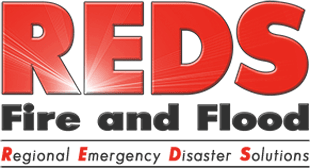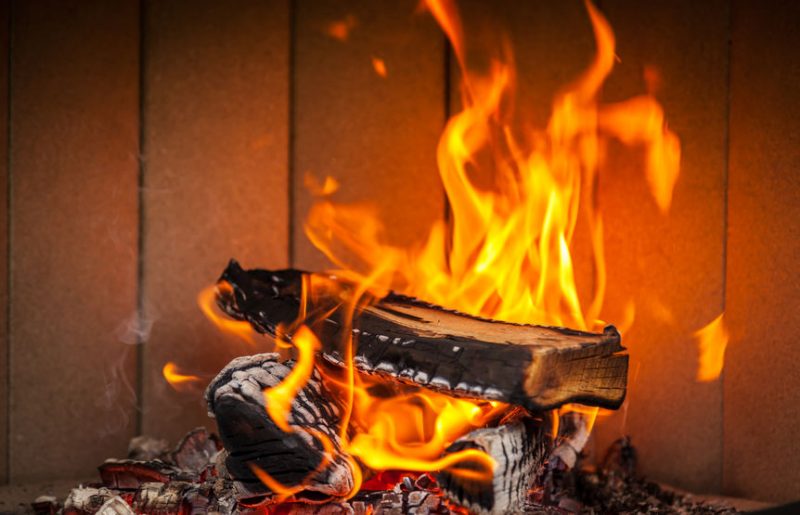Throughout the winter months, it is common for chimneys and fireplaces to get consistent use. They are an easy way to keep a home warm and cozy, without much fuss. Once the weather starts to warm up, however, many homeowners pay little attention to the maintenance of this part of the home’s heating system. It’s common to think that fireplaces and chimneys require next to nothing in terms of keeping them clean, but that is a dangerous misconception. Build up can cause serious fire hazards that can damage your health, your property, and your bottom line.
Here’s what you need to know about fireplace and chimney risks – and how to avoid them.
Fireplace and Chimney Risks and Health Hazards
There are several common fire hazards linked to a poorly maintained fireplace or chimney, including carbon monoxide poisoning, chimney fires, and fireplace and chimney failure. Let’s take a closer look at each one.
- Carbon Monoxide Poisoning – Each year, poisoning from carbon monoxide takes 400 lives in the U.S., and it makes another 20,000 people sick. The majority of these fatalities and illnesses are the result of failing to keep up with the maintenance of chimneys. That’s because carbon monoxide is produced from combustion or burning, and when it builds up, it can be deadly. You can’t see or smell carbon monoxide, and in small amounts, it can cause flu-like symptoms. But when it is inhaled in large amounts, vomiting, dizziness, and severe headaches take place, leading to fatal consequences if not treated quickly.
- Chimney Fires – When fires burn in a fireplace, smoke is created and then pushed out through the chimney. However, that smoke can condense into creosote which is a gummy substance that can build up over time. Creosote can then catch fire within the chimney that ultimately leads to cracks and loosened mortar joints. This can cause substantial damage if it goes unnoticed or unaddressed.
- Fireplace and Chimney Failure – The basic structure of the fireplace and chimney has the potential to fail over time, especially when the issues above take place. Damage to the home and your health are real hazards when a chimney or fireplace does not work as it is intended.
Tips for Keeping Fire Hazards at Bay
These common fireplace and chimney hazards are incredibly dangerous when left unattended, but you can take simple steps to prevent these problems over time. Carbon monoxide issues arise when the fumes from fires are not correctly exhausting through the chimney. This could be due to build-up or cracks in the walls and mortar joints. Fires and structural damage also take place because of these unnoticeable problems.
Having a regularly scheduled fireplace and chimney inspection and cleaning when necessary,
is the key to avoiding these risks and the need to call in fire damage restoration experts after serious damage has already happened.
Above and beyond regular maintenance through inspection and cleaning, you can avoid fireplace and chimney issues by recognizing other fire hazards that may be lurking around the home. Clothes dryers are often a source of concern for homeowners as lint builds up in the vent and prevents the appliance from working correctly. Similarly, keeping too much clutter near heat sources, like radiators, ovens and stoves, or even hot electronic equipment can lead to a risk of fire. Be aware of these potential risks and be diligent about keeping up with regular maintenance and cleaning often to avoid these devastating hazards in the home.


